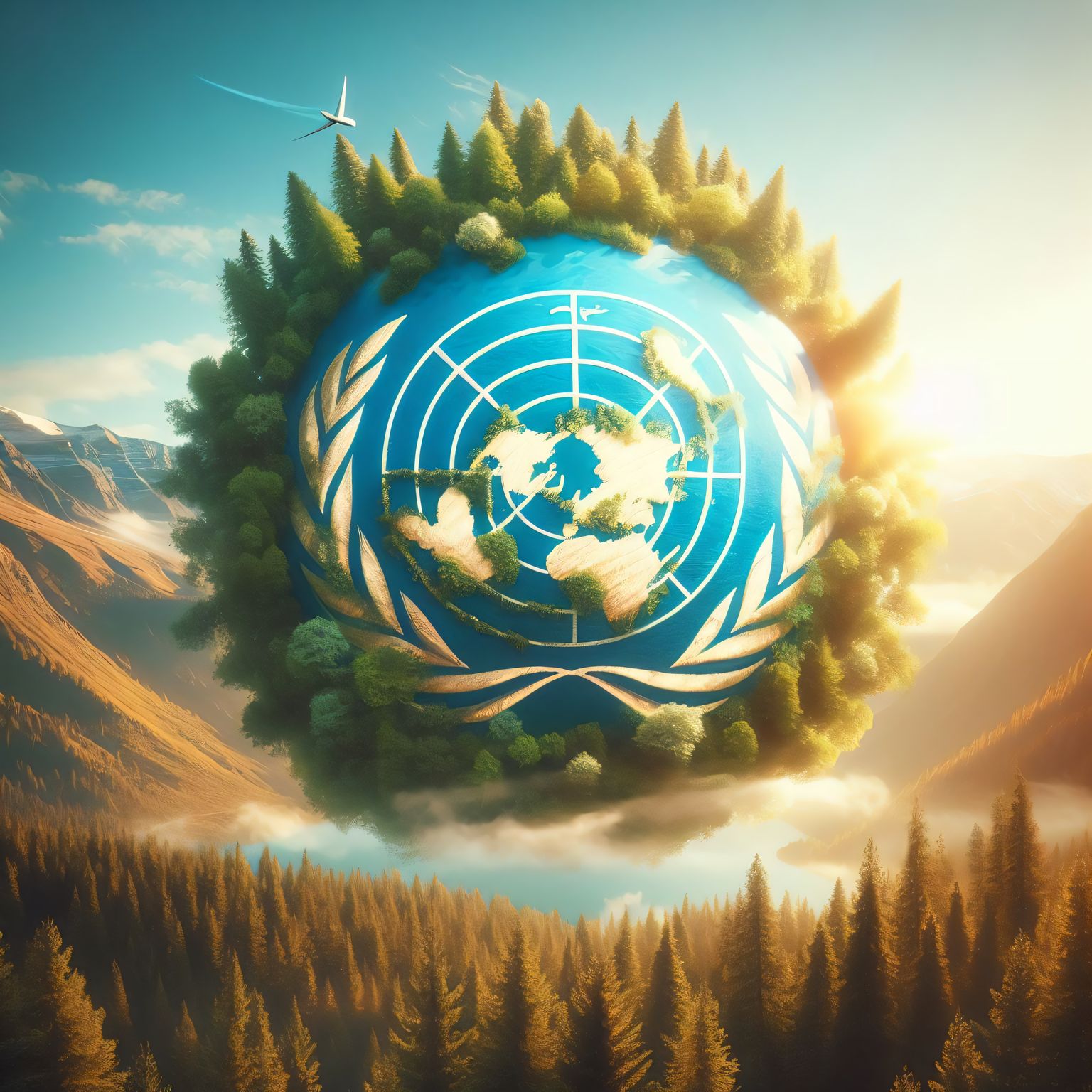In 2015, the United Nations set an ambitious agenda for sustainable global development over the next 15 years. They established 17 Sustainable Development Goals (SDGs) targeting economic growth, social inclusion, and environmental protection by 2030.
When it comes to the SDG goals related to environmental sustainability, the latest assessments reveal we’re lagging behind. Goals to provide clean water, affordable energy, climate action, aquatic ecosystems, and terrestrial biodiversity preservation remain largely off-track. With environmental breakdown accelerating faster than predicted, achieving the United Nations sustainable development goals related to the health of our planet is truly a race against time.
Background on the United Nations Sustainable Development Goals
The SDGs succeeded the UN’s previous Millennium Development Goals established in 2000 which primarily targeted poverty, hunger and health improvements in developing countries. Realizing economic and social progress depended on a healthy environment, the UN made environmental sustainability a central theme of the 2015 goals.
Applicable to all countries, the 17 SDGs incorporate 169 specific targets spanning economic, social and environmental dimensions of sustainable development. Goals specifically focused on environmental sustainability include:
- Goal 6 – Clean Water and Sanitation. This goal aims to achieve universal access to safe and affordable drinking water, sanitation and hygiene for all by 2030. Targets include protecting and restoring water-related ecosystems like mountains, forests, wetlands and rivers that provide water supply.
- Goal 7 – Affordable and Clean Energy. This goal focuses on ensuring universal access to affordable, reliable and modern energy services by 2030. It promotes increasing renewable energy sources and doubling the global rate of improvement in energy efficiency.
- Goal 12 – Responsible Consumption and Production. This goal promotes sustainably managing and making efficient use of natural resources across production and supply chains. Targets include achieving sustainable management of freshwater, reducing food losses along production and supply chains, and ensuring people everywhere have relevant sustainability information and awareness.
- Goal 13 – Climate Action. This urgent goal involves integrating climate change actions into national policies and planning as well as improving education and capacity on mitigation, adaptation and early warning systems related to climate change. The key target is mobilizing $100 billion annually by 2020 to address developing countries’ climate finance needs.
- Goal 14 – Life Below Water. This goal aims to sustainably manage and protect marine and coastal ecosystems from pollution, acidification and overfishing. It focuses on conserving coastal and marine areas, regulating harvesting to allow stock recovery, and ending certain fisheries subsidies that promote overfishing by 2020.
- Goal 15 – Life on Land. This goal strives to protect, restore and promote sustainable terrestrial ecosystem use, sustainably manage forests, combat desertification, halt biodiversity loss and protect threatened species. A primary target includes conserving at least 30% of the world’s lands and oceans by 2030.
How Are We Progressing on These Sustainable Development Goals?
In 2019, UN Secretary General Antonio Guterres warned that “we are not on track to achieve the SDGs by 2030” – and environmental goals lag behind the most. A Sustainable Development Solutions Network (SDSN) index tracking countries’ SDG achievements echoes Guterres’ concern. Even model countries demonstrate poor performance on goals linked to the environment.
So where do we stand on key environmental SDG targets? The data reveals a bleak outlook:
- Billions still lack access to clean drinking water and sanitation. At current rates, Goal 6 will not be met. (developing country clean water access un sdg)
- Fossil fuel use continues rising, jeopardizing affordable clean energy for all under Goal 7. (fossil fuel impact on un sdg 7 targets)
- Climate change accelerates with temperatures potentially soaring 3-5°C by 2100 – severely threatening Goal 13. (climate change effect un sdg 14 and 15)
- Oceans are warming, rising and acidifying faster than predicted, straining Goal 14. (ocean warming data show un sdg 14 lagging)
- Up to 1 million land species risk extinction from deforestation and habitat loss, critically imperiling Goal 15. (deforestation threat to un sdg 15 timeline)
With the situation worsening faster than action is happening, we face an environmental emergency. Achieving the United Nations sustainable development goals related to water, climate, oceans and biodiversity represents a race against time. But with more commitment and bolder policies prioritizing long-term global welfare over short-term nationalistic interests, victory remains possible if we run together now.
Solutions and Call for Collective Action
Achieving the environmental SDG targets requires immediate and sweeping changes. All nations must cooperate across borders on sustainability policies and investments that curb emissions, conserve resources, restore ecosystems, and transform lifestyles.
Specific solutions recommended by environmental experts include:
- Governments implementing carbon taxes and incentives accelerating emissions reductions and renewable energy growth (renewable energy growth targets un sdg 7)
- Corporations shifting capital expenditures to sustainability initiatives that conserve resources and prevent pollution (sustainability policies to reach un sdg 12)
- Economists incorporating environmental impact measurements like gross carbon footprints and gross sustainable production alongside economic metrics like GDP (gross sustainable production index world bank)
- Grassroot movements mobilizing individual awareness and action to reduce personal carbon footprints through changes like consuming less emissions-intensive foods and traveling more sustainably (air pollution increase impact on un sdgs)
- International bodies like the UN ramping up accountability through regular progress tracking and published scorecards rating country progress on all SDGs (country performance on un sdg 15 biodiversity goals)
Protecting our global commons including breathable air, stable climate, thriving biodiversity, and drinkable water is an intergenerational obligation. While the scope of change required is daunting, we already possess the technologies and policy tools required to reach environmental sustainability. What’s missing is collective will and follow-through. With the SDG deadline fast approaching, transforming talk into transcendent action represents the race of our lifetime – one humanity simply cannot afford to lose.


